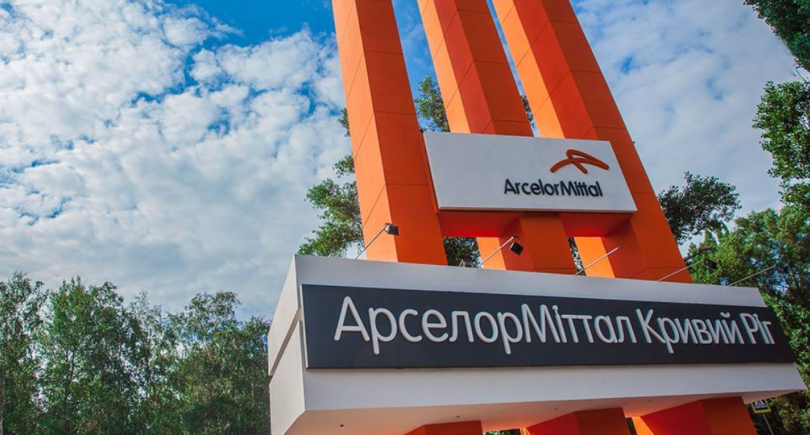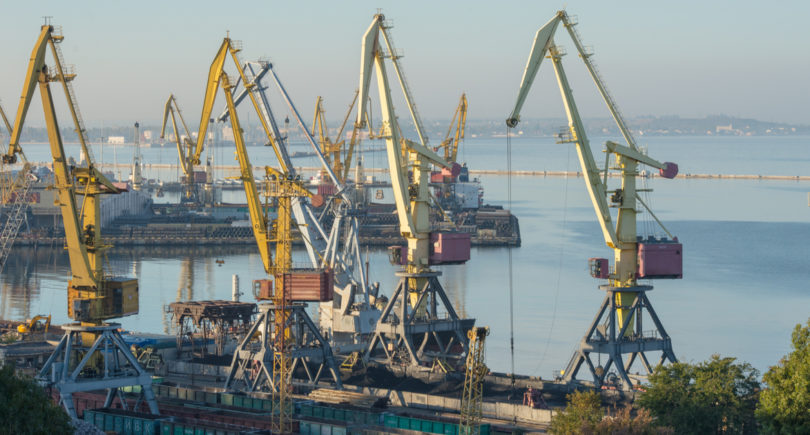
News Infrastructure forecast 1401 28 December 2022
There are signs that there will be a boom in tanker transportation next year
The Capesize bulker market ends the year on a strong footing. Increased activity ahead of the holidays pushed up freight rates.
Indexes
Baltic Dry index, which takes into account rates for Capesize, Panamax and Supramax vessels, on December 21, 2022, increased by 127 points, or about 8% – to 1,723 points. This is the highest level since October 25. Hellenic Shipping News reports about it.
Panamax index, which tracks coal and grain cargoes between 60,000 tons and 70,000 tons, fell 24 points, or about 1.5% – to 1,598 points, the worst result in four weeks. Average daily earnings for vessels of this class decreased to $14.3 thousand.
Capesize index, which tracks shipments of iron ore and coal with a volume of 150,000 tons, rose by 432 points, or about 18.3% – to 2,797 points on December 21. This is the highest level since mid-July. Average daily earnings for vessels of this class increased to $23,200.
Supramax index on December 21 lost 28 points, falling to 1103.
Growth of the general Baltic Dry index last week was precisely the jump in the Capesize segment that compensated for the reduction in rates for other classes of vessels. Capesize Atlantic’s business set a positive tone as it received new cargo orders from Brazil, West Africa and the North Atlantic, where it faced a shortage of operational tonnage.
Average spot rates for Capesize vessels at the beginning of December were also positively affected by the news about the easing of quarantine measures in China.
At the beginning of the current week, on December 27, freight rates in the Atlantic fell. At the same time, large mining companies were looking for ships in the Pacific Ocean to deliver iron ore from Western Australia to China.
World index of container transportation (as of Dec. 22, according to Drewry) for the week (Dec. 15 – Dec. 22) was down by 0.3% from the previous week and down by 77% from the same period in 2021 – to $2.1K for a 40-ft container. On this date, its fall was recorded for 43 consecutive weeks. For the first time in a long time, growth resumed in the Shanghai-Rotterdam direction (+2% compared to the previous week). In late 2022-early 2023, Drewry expects a smaller weekly decline.
Forecasts for 2023
According to Breakwave Advisors, the future of Capesize spot rates depends on China’s real estate industry, which is closely linked to imports to the iron ore country, writes TradeWinds. In particular, future releases of statistics can help predict the situation regarding the recovery of the sector. The key elements that will indicate a change in trends will be the sale of land, new buildings and the growth of credit volumes. According to experts, at the beginning of next year, the Capesize bulker market may weaken during the Chinese New Year holidays.
The main factors that will affect the sea transportation market in the near future, according to analysts at S&P Global, are a global recession, high inflation, an energy crisis, problems with China’s real estate market and quarantine restrictions in that country. However, the normalization of the supply against the background of the growth of the ship fleet in the bulk cargo segment by 1-2% per year will help the recovery of this sector in the next few years.
According to industry publications, there are all signs that there will be a boom in the tanker market in 2023. In particular, the increase in the volume of transportation in ton-miles will contribute to the increase in freight rates. Longer flights will be associated with the redirection of traditional Russian oil imports to other regions. In addition, larger capacity tankers will be needed.
As GMK Center reported earlier, at the end of the current year, the market of sea transportation was observed a trend to the repurposing of ships for other types of cargo against the background of the weakening of the Chinese economy and the war in Ukraine. In fact, shipowners were cleaning vessels used to transport iron ore to transport grain to Asia, although the number of such transactions was small at the beginning of December. Baby Capes, the smallest of the Capesize class ships, were usually repurposed.
In addition, due to the weak demand for iron ore from China, shipowners also diverted bulkers to unusual coal routes to increase profits. In particular, it is about the transportation of such goods from Russia to China and from Australia to Europe.
Also, the credit rating agency Fitch Ratings, in its December review, downgraded the outlook for the global shipping sector. Such expectations primarily reflect significantly lower profits in the container transportation segment. Prospects in the tanker and dry cargo segments are more stable.




